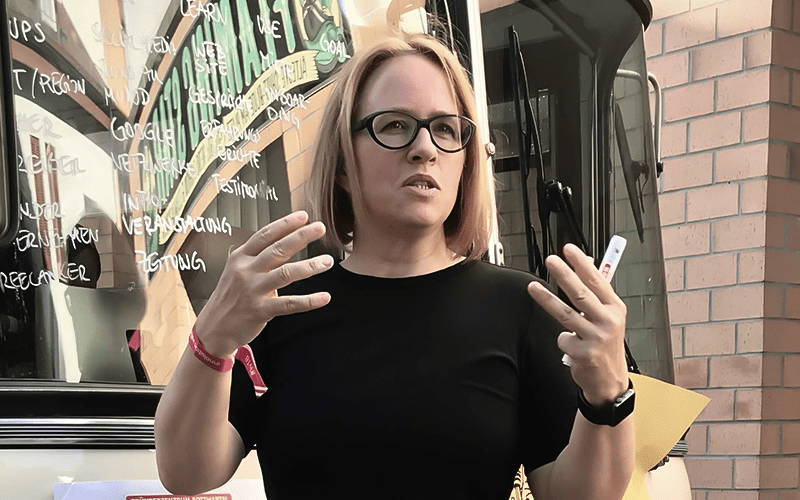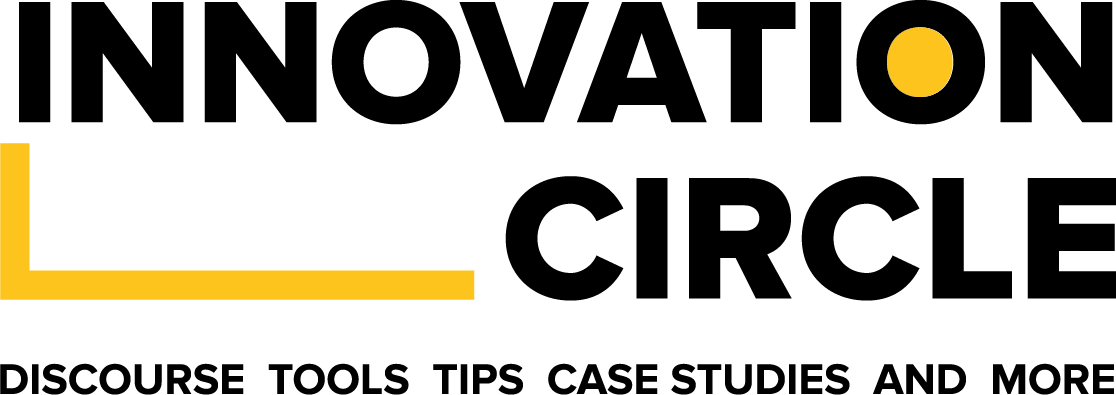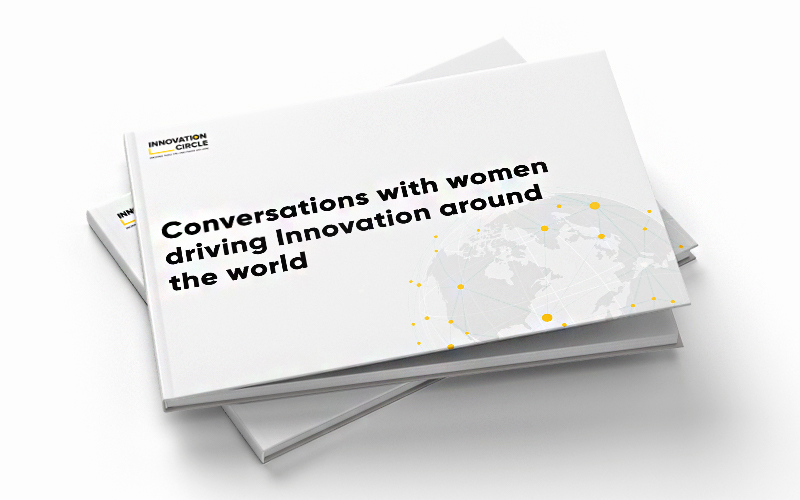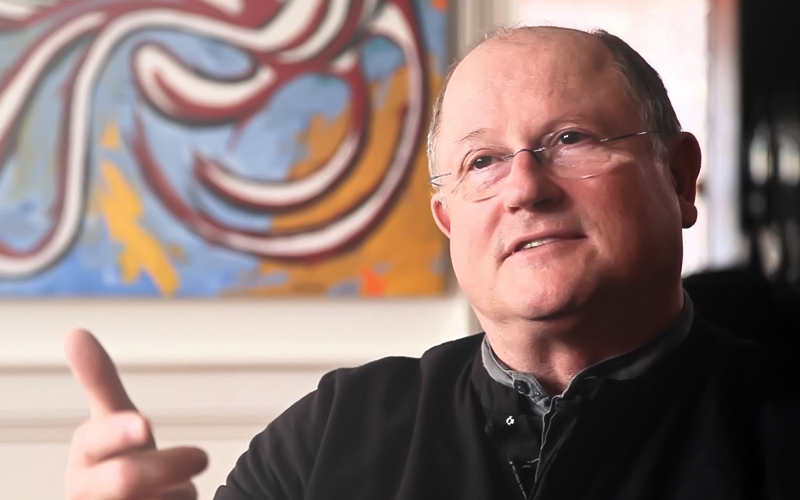
A Conversation with Sabrina Goerlich, Innovation Facilitator, Design Sprint Studio
“Innovation is at the same time a mindset and natural behaviour.”
Could you tell us what you do and what the Design Sprint is all about?
I run a design agency that has developed into an innovation consultancy since 2017. We support our customers in innovating faster and increasing their competitive advantage. With a focus on sports brands (sport is the passion of our team) we also work with a wide range of industries in our region.
My transformation from a Designer (when I started there was no UX at all) to UX Design and then to Strategic Design was made with the Design Sprint and therefore Design Thinking as well. Exploring the Design Sprint was like puzzle pieces that fit into the right gaps. It answered my questions about business design questions, handling clients and team collaboration. Design Sprint is a system to solve complex business challenges.
Within a week you go with a diverse team from a vague idea to a concept and get feedback from your customers. It helps to reduce the risk of investments, aligns the team, creates buy-in from stakeholders and enables a competitive advantage for companies – fast! Both Fortune 100 companies and start-ups are using the proven methodology. I use the methodology to support my clients with product innovation, business concepts and process improvements.
“Design Sprint is a system to solve complex business challenges. Within a week you go with a diverse team from a vague idea to a concept and get feedback from your customers. It helps to reduce the risk of investments, aligns the team, creates buy-in from stakeholders and enables a competitive advantage for companies – fast!”
You have worked with various teams across various industry, would you say the Design Sprint is suited for people in a particular team/industry or for everyone? And why?
But what I have learned, and what I have learned from my global community, is that the design sprint is a neutral innovation process that suits every industry – but not every problem. Good situations for a Design Sprint:
- Complex challenge
- New markets
- You have the decider (someone who has the power to foster the development of the concept)
- High risk to lose money
- Strong and innovative competitors
- Time pressure to innovate
“…what I have learned from my global community, is that the design sprint is a neutral innovation process that suits every industry – but not every problem.”
Today there are so many ways people view and define innovation, how would you define innovation?
Innovation is at the same time a mindset and natural behaviour. If you want to design innovation – with a team and sustainably, on a scale – you need a process. The Design Sprint is a perfect way to promote innovation at high speed.
“Innovation is at the same time a mindset and natural behaviour.”
Now, some people don’t see the connection between design and innovation, if you were to describe the connection how would you do it?
The connection of Design and Innovation involves more than shapes, forms and functionality. It’s a process to create solutions that meet the needs of people and can be anything from services, processes, business ideas or products (hardware or digital). The Design Sprint is a perfect process to develop innovations as it integrates the user perspective (desirability) as well as the business perspective (feasibility, viability). The attached illustration is from codomo.
“The connection of Design and Innovation involves more than shapes, forms and functionality. It’s a process to create solutions that meet the needs of people and can be anything from services, processes, business ideas or products (hardware or digital).”

As a facilitator who has helped product teams and innovation managers accelerate their innovation process, how would you say a company, in any industry can go about birthing and accelerating innovation in their teams and companies?
That’s a good question. I can think of a way like this
- Starting with a Discovery Sprint to identify different challenges in a company.
- Prioritize the challenges. There is a great tool to score possible Sprint projects: Sprintness
- Assemble a team with different perspectives and a decider (the one who can foster the development of the concept).
- Run a Design Sprint
- Integrate the Design Sprint as a way of innovation process in the company (with training and scaling). For enterprises there is an Enterprise Design Sprint as well.
- Don’t lose momentum and continue the focus. Develop the project or if the validation failed – start a new Design Sprint.
What #innovationmoment have you experienced in your career so far? (We define an #innovationmoment as something you’ve been a part of or have witnessed that has been incredibly life-changing and impactful to others) Can you share?
In a virtual Design Sprint in 2019 I facilitated a group to develop a business concept for refugees in Kampala to work with international companies. It was an experiment and the prototype was validated. I was impressed by how we were able to work together across all kinds of borders. Now we are still looking for a pilot project to further develop the concept.
“…I facilitated a group to develop a business concept for refugees in Kampala to work with international companies. It was an experiment and the prototype was validated. I was impressed by how we were able to work together across all kinds of borders.”
#innovationmoment
“…I facilitated a group to develop a business concept for refugees in Kampala to work with international companies. It was an experiment and the prototype was validated. I was impressed by how we were able to work together across all kinds of borders.”



